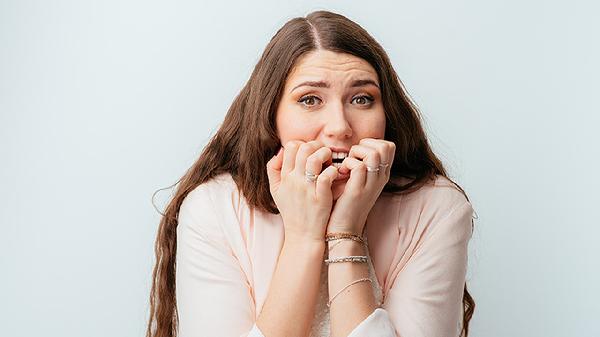Body dysmorphic disorder (BDD) is more than just feeling insecure about your appearance—it’s a mental health condition that can take over your life. Imagine being trapped in a loop where you can’t stop fixating on a perceived flaw, even if no one else notices it. That’s the reality for millions of people dealing with BDD. The good news? Understanding the disorder, its causes, and the most effective treatments can help break that cycle. Whether you’re struggling yourself or know someone who is, knowledge is the first step toward healing.
The Mind-Body Disconnect in BDD
BDD isn’t about vanity—it’s a distortion in perception. Someone with BDD might spend hours obsessing over a feature they believe is hideous, even if it looks completely normal to others. This isn’t just occasional insecurity; it’s a relentless mental battle. Dr. Tashkandi explains that people with BDD often engage in compulsive behaviors—like constantly checking mirrors, skin picking, or seeking cosmetic procedures—to "fix" what they see as flaws. But since the issue is rooted in perception rather than reality, these actions rarely bring relief. Instead, they reinforce the obsession, making it even harder to break free.
Why Does BDD Happen?
There’s no single cause of BDD, but genetics and environment play major roles. If someone in your family has BDD or OCD, your risk increases. Traumatic experiences—like bullying, abuse, or neglect—can also trigger the disorder. The pandemic made things worse for many, with isolation and increased screen time fueling self-criticism. And while BDD affects all genders, societal pressures shape how it manifests. Women might fixate on weight or facial features, while men often struggle with muscle dysmorphia, feeling they’re never big or strong enough. Recognizing these patterns helps in understanding the disorder’s complexity.
Breaking Free: Treatment That Works
Cognitive behavioral therapy (CBT) is the gold standard for BDD treatment. It helps people challenge irrational thoughts—like believing their nose makes them unlovable—and replace them with realistic perspectives. Exposure therapy, a CBT technique, gradually reduces avoidance behaviors (like covering mirrors or wearing excessive makeup). Medication, particularly SSRIs, can also help by balancing brain chemistry. But the most crucial step? Seeking help. BDD has one of the highest suicide risks among mental health disorders, so early intervention is key. If obsessive thoughts about your body are stealing your joy, reaching out to a therapist could be life-changing.
Living with BDD can feel like being stuck in a funhouse mirror—everything looks distorted. But with the right support, it’s possible to step back and see yourself clearly. Whether through therapy, medication, or a combination of both, recovery isn’t just possible—it’s within reach. If you or someone you know is struggling, don’t wait. Help is out there, and healing starts with that first conversation.
























